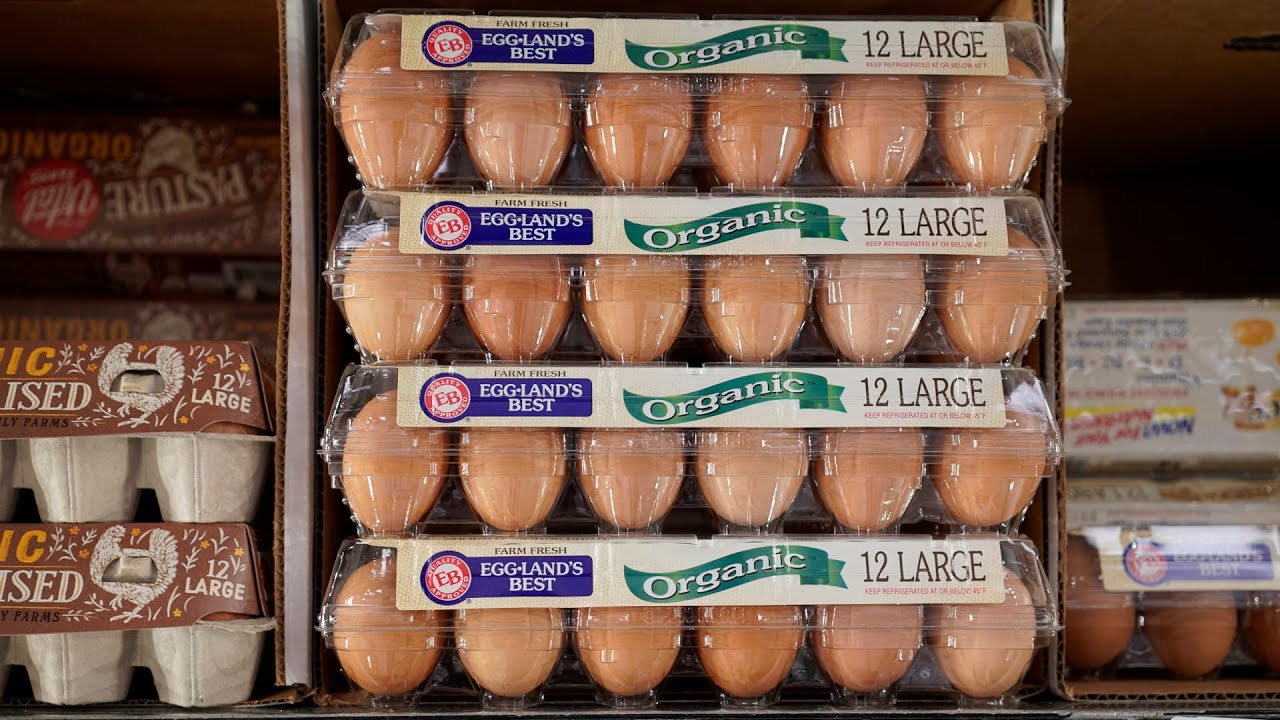
April 030 Comments
Egg Prices Decline Amid Market Shifts and Consumer Behavior Changes
Egg prices are finally dropping in the U.S., but there's a catch. While improved supply and fewer avian flu outbreaks have led to lower costs, consumer demand remains uncertain. Will prices stay low, or is another spike on the horizon? Read on for the latest insights on egg price trends.

Egg Prices Decline Amid Market Shifts and Consumer Behavior Changes
Egg prices in the United States have experienced a notable decline in recent weeks, with wholesale prices dropping to $3.00 per dozen—a 9% decrease from the previous week, according to the U.S. Department of Agriculture (USDA) . This decline follows a period of record-high prices earlier this year, where a dozen eggs reached $5.90 in February .Factors Contributing to the Price Drop
- Reduced Avian Influenza Cases: The recent decline in egg prices can be attributed to a significant decrease in avian influenza cases. In March, approximately 2.1 million birds were affected, a sharp drop from the 23 million in January and nearly 13 million in February .
- Replenishment of Flocks: Farmers have been actively rebuilding their flocks after the avian influenza outbreak, leading to an improved supply of eggs in the market .Barron's+2Financial Times+2CBS 6 News Richmond WTVR+2
- Decreased Consumer Demand: High egg prices earlier this year led to a reduction in consumer demand, allowing suppliers to rebuild their stock and contribute to the current price decline .
The Catch: Lingering High Retail Prices
Despite the decrease in wholesale prices, consumers may not immediately experience relief at the retail level. Retail price reductions often lag behind wholesale declines due to existing inventories purchased at higher costs. Additionally, factors such as the upcoming Easter holiday and potential risks of new avian flu outbreaks during the spring bird migration could influence retail prices .
Consumer Behavior Amid High Prices
The surge in egg prices earlier this year led to significant changes in consumer behavior:
- Reduced Purchases: Over 30% of Americans stopped buying eggs due to high costs and are waiting for prices to drop to at least $5 per dozen before resuming purchases .
- Alternative Choices: Approximately 10% of consumers have turned to egg substitutes, such as plant-based alternatives and flaxseed, to cope with the high prices .
Industry Developments
The egg industry has also seen significant changes:
Mergers and Acquisitions: Hillendale Farms, one of the largest egg producers in the U.S., agreed to be acquired for $1.1 billion by Global Eggs, marking the third major egg industry merger in 2025 .
- Price Gouging Investigations: The Justice Department is investigating potential price gouging by egg producers, as the sharp decline in prices has raised suspicions that producers may have kept prices artificially high .
Looking Ahead
While the decline in wholesale egg prices is a positive development, consumers should remain aware of potential fluctuations due to seasonal demand and the possibility of new avian flu outbreaks. Monitoring these factors will be crucial in anticipating future price trends in the egg market.
- ConsumerSpending
- EconomyNews
- FoodInflation
- GroceryTrends
- EggPrices

Comments